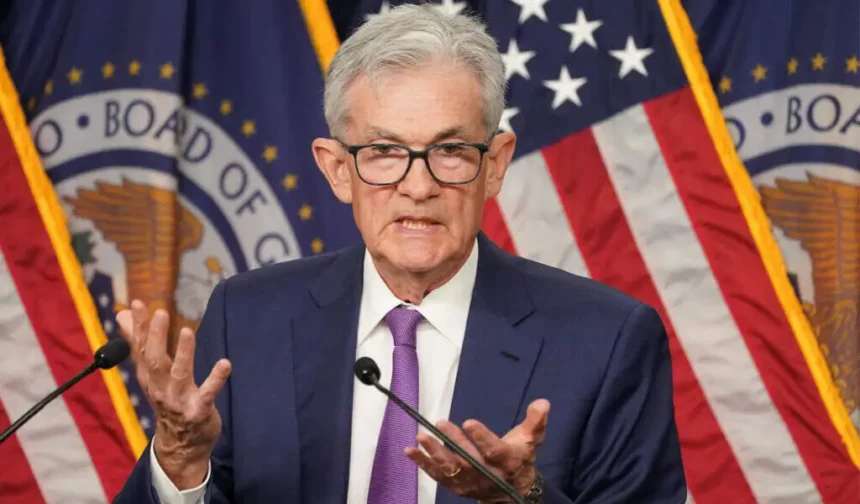(CTN News) – Even though the Federal Reserve kept interest rates at their current level on Wednesday, the chances of inflation and unemployment rising have increased.
The future of the economy has grown even more uncertain, even though the US Federal Reserve is still having difficulty dealing with the fallout from the protectionist policies put in place by the Trump administration.
In a policy statement, the Federal Reserve stated that the economy has “continued to expand at a solid pace.” The increasing import taxes forced businesses and individuals to move quickly, leading to an increase in the quantity of items imported.
The Federal Reserve thinks that the exceptionally high level of imports was the cause of the first quarter’s output decline. According to the Federal Open Market Committee, which sets the central bank’s policies, the labor market remained “solid” and inflation stayed “somewhat elevated.”
The open domain location contained these two claims. This comment appeared to repeat the language in the previous announcement.
Coming months may bring unpleasant decisions from the Fed.
Following two days of discussion, the Federal Open Market Committee (FOMC) announced that all of its members had agreed to keep the central bank’s benchmark interest rate between 4.25% and 4.50%.
According to the Federal Open Market Committee, the degree of uncertainty surrounding the economy’s future has risen even further.
The statement that was just read states that the committee is aware of the dangers involved with the dual task that it has been given and has concluded that there is a greater chance of rising unemployment and inflation. The committee that reached the conclusion has approved this declaration.
In the immediate period following the statement’s dissemination, the interest rates that applied to U.S. Treasury securities stayed essentially unchanged, and equity prices kept rising. When the Federal Reserve held its meeting in late July, market investors attentively watched for the potential for interest rates to drop.
The reality of either of those worries will dictate the policy’s course, whether it is inflation or employment hazards. The Federal Reserve will have to decide which risk is more important to consider when trying to lower inflation through monetary policy in the more challenging scenario, where unemployment and inflation both rise simultaneously.
While a greater rate of inflation would necessitate the maintenance of restrictive monetary policy conditions, a weaker job market would generally strengthen the case for rate reduction.
More rate cuts would be justified if the job market were weaker.
According to a statement released by Goldman Sachs Asset Management’s chief investment officer of public investing, Ashish Shah, “the Federal Reserve is currently in a holding pattern, as it awaits the resolution of uncertainty.”
“This is a component of the Federal Reserve’s strategy to await the resolution of uncertainty.” He went on to say, “The Federal Reserve’s on-hold stance has been bolstered by recent better-than-feared jobs data, and the labor market is now responsible for weakening sufficiently to facilitate the resumption of its easing cycle.”
The policy rate has been held steady at its current level by the Federal Reserve since December. This predicament has resulted from the difficulties authorities are facing in assessing the effects of the import tariffs imposed by President Donald Trump. This year’s chances of slower economic development and higher inflation have grown as a result of these levies.
It was expected that the benchmark interest rate would fall by half a percentage point in March, when officials last updated their economic and policy forecasts. They considered this expectation when making their choices. They anticipated this cut would happen before the year ended.
SOURCE: BR
SEE ALSO:
India Launches Missile Strikes on Pakistan
Spain Power Outage Leaves Millions Stranded, Phones Quit Working
Flooding Risk Returns to Mae Sai Only Thailand Has Staryed Dredging















